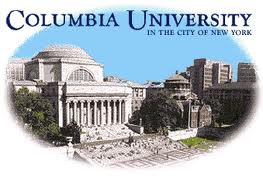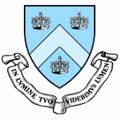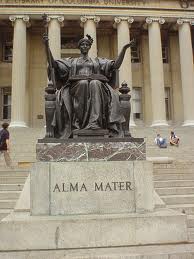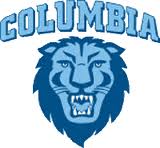Virtual DAnatomical Museum
New distance learning technologies are gradually becoming part of our lives. Innovations in education are designed to assist in the preparation of competent and competitive professionals. In biology in general, and in the anatomical science in particular, learning is primarily based on the real drugs. Study the structure of the bones on the picture you can of course, but here as practice shows, learning from the textbook focus on the real object rather difficult. Therefore, despite the fact that the Internet today there are many sites of anatomical museums, the possibility of using them in the learning process are limited. However, the development of technology is not standing still, and today there is an opportunity to study three-dimensional models of organs and structures. Especially a lot of three-dimensional models can be found for the human anatomy. In the study of zoology and anatomy of the same animals, the number of available high-quality three-dimensional models is small.
Therefore, the basis for training in this area still are flat images. Of course, the students in specialized high schools have the opportunity to work with real drugs, but life drugs that are in "active use" short-lived, so a set of drugs is often incomplete, and the demonstration material is damaged. So in a famous university students studying veterinary skeleton horse, the bones of which was replaced by bone cow. It is clear that the quality of the knowledge gained in this way, say no. As for example, school children, on the biology classes, they almost always have to teach the subject only speculative, on the textbook.
Fill shortage of teaching materials can help a virtual 3D-anatomical museum department of anatomy of the Kazan State Academy of Veterinary Medicine. By registering on the site and download a special program that anyone can get into the 3D-space of the anatomical museum. Unlike the real museum, the exhibits you can take hands, viewed from all sides take apart and assemble again. Another feature of the 3D-anatomical museum is that it can be organized as separate classes and lessons with a teacher and even guided tours. On the basis of the virtual museum and scientific conferences and organized correspondence courses of biology and statistical data processing in a biological experiment.




